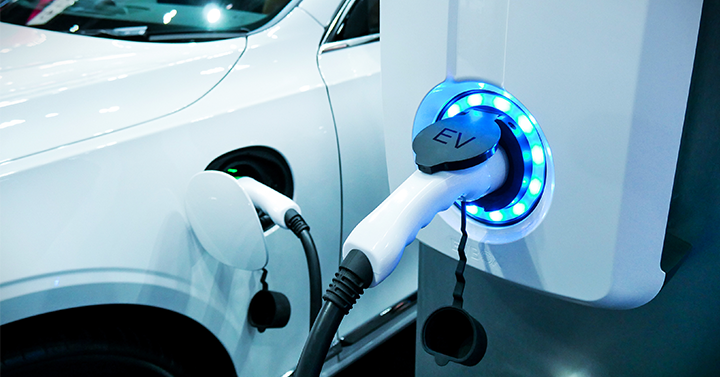With gas prices continuing to hit record highs — and with the average per-mile cost of electricity for an EV currently less than half the average per-mile cost of gas, according to AAA — it’s no surprise that sales of electric cars are increasing. In fact, California became the first state to hit one million plug-in vehicles earlier this year. But despite such gains, there’s still one obstacle that’s hindering further growth.
“The current lack of any widespread charging infrastructure is a problem,” says Sharbel Luzuriaga, Project Manager for Kline’s Energy practice. “Consumers are feeling ‘range anxiety’ and are hesitant about giving up the security of the gas pump, no matter how stiff the prices at those pumps.”
This shortage of charging stations appears on the verge of changing. For one, President Biden’s Bipartisan Infrastructure Law includes a total of $7.5 billion to build out a nationwide network of 500,000 electric vehicle chargers. For another, original equipment manufacturers (OEMs) are committing billions of dollars to this market, including Daimler, GM, Ford, Volkswagen, and BMW. The same is true for the growing number of EV-first companies, like Tesla.
With electric vehicles not only representing the wave of the future, but also the wave of the present, the number of entrepreneurial companies offering bold and innovative charging solutions is increasing. Here’s a selection of the companies that have made a big name for themselves — and how they’ve managed to disrupt the industry:
Volta partners with retailers, shopping malls, grocery chains (e.g., Whole Foods), movie theaters (e.g., Cinemark Theatres), sports entertainment complexes (e.g., Topgolf), and amusement parks (e.g., Six Flags), in addition to other venues. The company installs its EV charging stations in prime parking spots in front of these businesses, splitting the cost of building the charger with the partner/commercial client and collecting a recurring fee for the increased customer traffic at the locations where the chargers are installed. To help boost this traffic, the first 15 minutes of charging is free to customers. Volta’s EV charging stations have large digital screens, enabling Volta to also generate revenue from advertising and site hosts.
ChargePoint offers more than 100,000 EV charging stations worldwide, including those near hospitals, in parking lots, and in front of retail stores. The company designs, builds, and supports all the technology that powers its network, from charging station hardware and energy-management software to a free mobile app that enables users to easily find stations and set up notifications and reminders to receive updates on the charging status of their vehicle. ChargePoint also offers residential options.
EVgo generates income by selling electricity at its more than 850 fast-charging stations. The company serves more than 250,000 drivers in 65 metropolitan areas across 34 states. EVgo counts automakers among its business partners — rather than building their own charging networks, automakers like General Motors and Ford partner with EVgo. The company’s roster of clients also includes businesses, fleets, government entities, and utilities. As the owner of the charging infrastructure, EVgo also monetizes regulatory credits generated by its charging activities.
Blink manufactures charging stations, connects them via the Blink network, and partners with host locations to operate them. The company offers various business plans that can be tailored to clients’ specific needs, including a wholly Blink-owned model, a profit-share model, and a host-owned model. Blink also offers free memberships, whereby subscribers can charge their electric vehicles at any of the company’s public locations nationwide at a discount.
“The emergence of these and other players offering a type of subsidized charging will certainly help speed the transition to electric mobility,” says Luzuriaga. “The key question, however, is how stable and profitable these different business models will prove to be.”
Kline is currently tracking developments in the EV arena, including those related to the various fluids consumed by EVs. Our Electric Vehicles Fluids: Market Analysis and Opportunities (Commercial Volume), due in May, will offer an analysis of fluid requirements for different EV technologies; an overview of the current and projected electric commercial vehicles (CV) fleet in terms of overall size, technologies used, and key OEMs; an assessment of the impact of various EV technologies such as e-drivelines and e-axles on EV fluid specifications and demand; and much more. Key regions to be spotlighted include China, the United States, Japan, and Europe.

